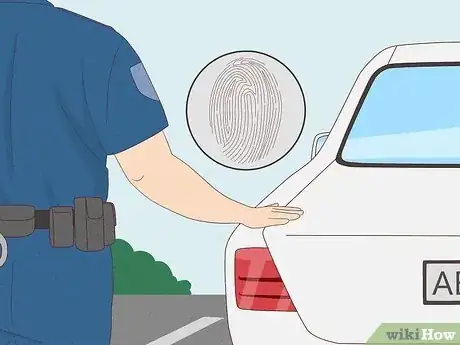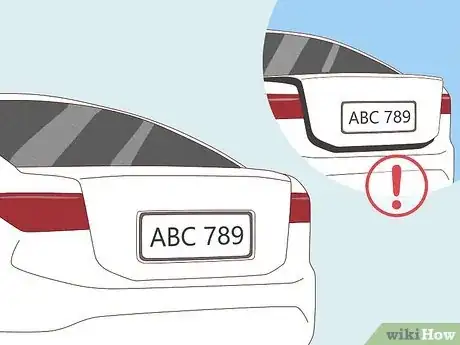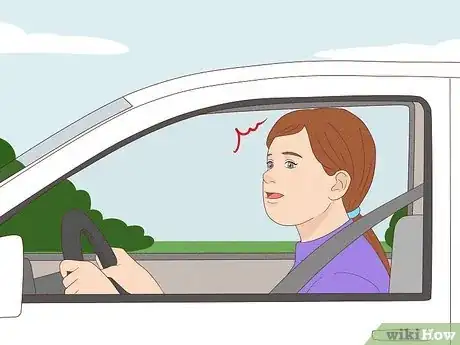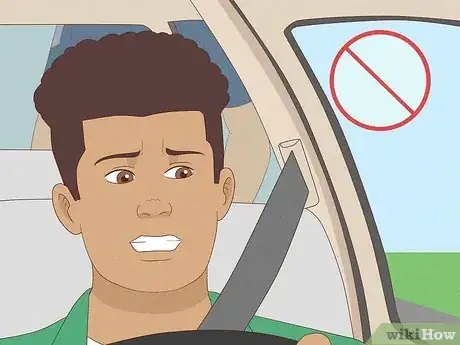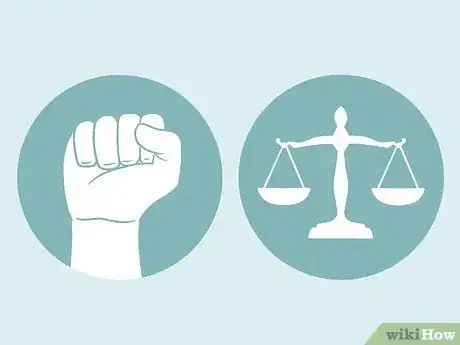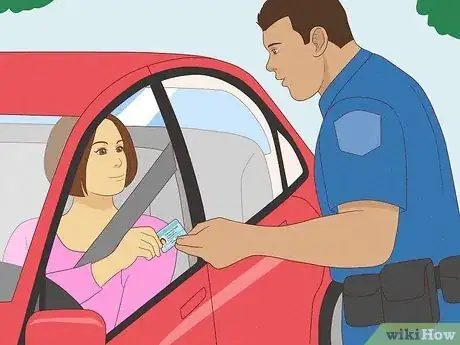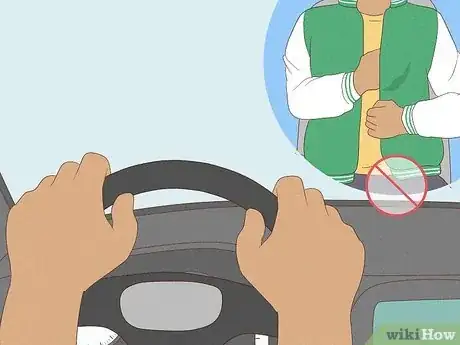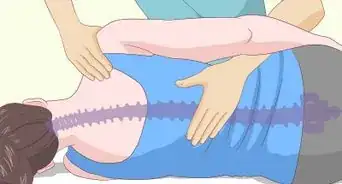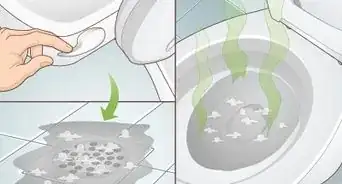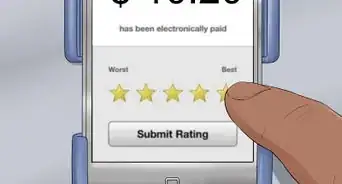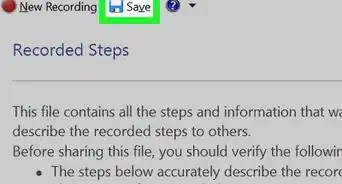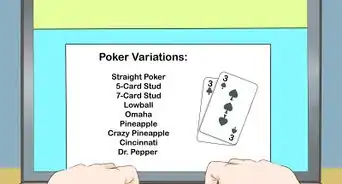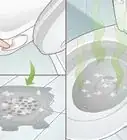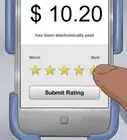This article was co-authored by wikiHow staff writer, Aly Rusciano. Aly Rusciano is a Creative Writer based outside of Nashville, Tennessee. She has over ten years of experience in creative, academic, and professional writing. Aly’s writing has been nationally recognized in the Sigma Tau Delta Rectangle and featured in Blue Marble Review, The Sunshine Review, PopMatters, and Cathartic Literary Magazine. She graduated from The University of Tennessee at Martin with a BA in English, focusing in Creative Writing and minoring in Theatre.
This article has been viewed 9,319 times.
Learn more...
You’ve seen it in movies, TV shows, and maybe even in real life: a cop touching the back of a car during a traffic stop. If it’s such a common practice, it must mean something, right? Right! In this article, we’ll teach you why police officers touch the trunk or back taillight before approaching a driver during a traffic stop (plus what you should do if this happens to you).
Things You Should Know
- A cop most likely touches the back of a car to leave proof that they’ve been near the vehicle.
- Some officers may tap the top of a trunk to check if it’s closed.
- In rare cases, a police officer might try to startle a driver or passenger by touching the car.
Steps
References
- ↑ https://youtu.be/PJUIZdUBXtg?t=74
- ↑ https://youtu.be/XN3Z3MYVX7Y?t=27
- ↑ https://www.federalregister.gov/documents/2000/10/20/00-27038/federal-motor-vehicle-safety-standards-interior-trunk-release
- ↑ https://www.npr.org/2020/10/23/927134939/if-youre-stopped-by-police-you-have-rights-to-protect-you-here-s-what-to-remembe
- ↑ https://www.aclu.org/know-your-rights/stopped-by-police
- ↑ https://www.nyclu.org/sites/default/files/field_documents/kyroverhaul-nyclu-stoppedbypolice-onepager-v01.pdf
- ↑ https://www.aclu.org/know-your-rights/stopped-by-police
- ↑ https://www.aclu.org/know-your-rights/stopped-by-police
- ↑ https://www.aclu.org/know-your-rights/stopped-by-police
